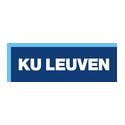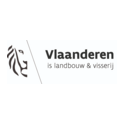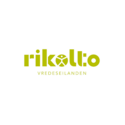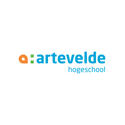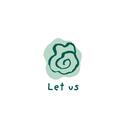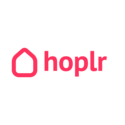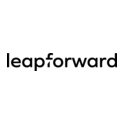In short
What we eat isn’t just determined by individual choices, it is also strongly influenced by our living environment. A food environment is the context within which our food choices are determined. Sustainable and healthy food environments are characterized by the good availability, accessibility, affordability and visibility of healthy and sustainable food, while the choice for less healthy and less sustainable food is less evident and even discouraged.
In addition, food environments are of great cultural and social significance. In the past few decades, our food environment has changed and is now organized in such a way that it has become increasingly easy for us to indulge in the consumption of unhealthy high-calorie food. The overarching research question for this citizen science project is as follows: “What foods do different Flemish population groups buy, where, and why and in their opinion how could that be steered towards a healthy and sustainable diet?
Project description
The data that Sciensano collects on various aspects of the physical food environment in Flanders is shown on an interactive chart and will also be available via an app, on a website and on the private social network HOPLR. This mainly concerns the data on
- food swamps (places where there is an excess of unhealthy food in comparison to healthy food),
- food deserts (residential areas where there is no easy access to all the food that is needed for a healthy diet),
- food environments in Flemish neighborhoods,
- zones around schools,
- food environments in various public settings, such as government buildings, hospitals and sports centers.
Using play methodologies and feedback systems, we are encouraging Flemish citizens to tell us what food they buy, where and why and to give their opinion on how this could be steered towards a healthy and sustainable diet. This is possible for the various outlets and public settings already indicated on the interactive chart, as well as for the points of sale they visit and which are not (yet) indicated on the chart.
We are developing and testing the app, play methodologies and feedback systems alongside the two pilot labs (people from families on low incomes and children and young people) and adjusting them where necessary.
Once the app is ready, it will be launched for a limited period (2 months) to support Flemish citizens in collecting data about their behavior and their perception of food environments and potential solutions for improving the food environment. The app makes it easier to provide feedback to the citizens and (local) actors about the results in order to motivate them to come up with more actions to create healthy and sustainable food environments in Flanders that are specific to the context, target group and setting.
We are promoting the app through various channels (media partners HOPLR and Het Nieuwsblad, as well as our project partners’ and the steering group’s existing networks, social media, local authorities’ communication channels, FoodUnfolded Vlaanderen, etc.) so that we can collect data on a large scale concerning the behavior and perception of various groups of citizens across different dimensions of food environments in a wide range of settings, including digital media.
We will then analyze the data in a thematic way and look at whether there are major differences in behavior and perception between
- geographical areas (rural/urban; provinces, food deserts, food swamps, etc.),
- groups with a different socio-economic status, age, gender,
- different types of settings, dimensions of the food environments etc. in Flanders.
The results on behavior and perception will also be summarized for each municipality, neighborhood, type of setting etc., with feedback provided to citizens and (local) actors via the interactive website, the app, HOPLR, VVSG and the newspaper (Het Nieuwsblad).
Based on the results, we will identify specific case studies in cooperation with the three action labs (cities, towns and municipalities, food businesses, short supply chain initiatives) in order to develop measures specific to the context, target groups and setting actions to improve (awareness around) food environments in Flanders. These measures also take into account the solutions suggested by citizens via the app as well as the relevant food deals and strategic aims of the Flemish food strategy. This project complements the FOODENVL project currently being ed by Sciensano and which focuses on charting the objective, external food environment and on the basis of which general recommendations will be formulated by Flemish and local actors to improve food environments in Flanders.
Sciensano's project investigator(s):
Service(s) working on this project
Partners
